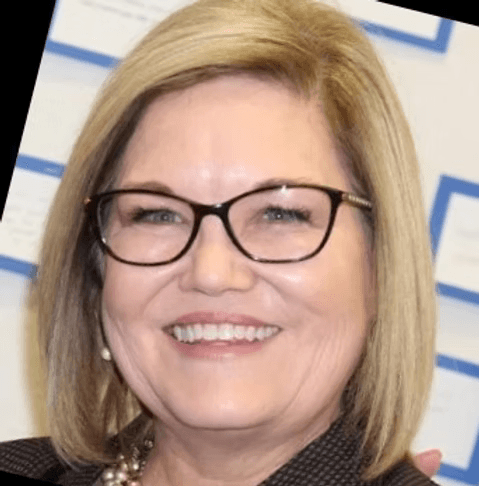Refocusing in January
As the new year begins, many people focus on personal resolutions. For school principals and district administrators, January represents a prime opportunity to refocus on their school’s goals. It's a time to reflect on progress, assess obstacles, and recalibrate plans. While many principals begin the academic year with enthusiasm and ambition, by January, the daily demands of running a school can cause even the most well-intentioned initiatives to lose momentum.
To bridge the gap between planning and achieving, principals must leverage Implementation Science - a structured approach to putting new initiatives into practice and ensuring they endure. Rather than relying on hope or good intentions, implementation science provides clear steps and guidance to achieve lasting change.
Here’s why January is the perfect time for schools to get back on track with their goals, and how implementation science can drive success.
1. The Halfway Point: Reflection and Resetting Priorities
By January, the school year is at its midpoint—a natural checkpoint for reflection. For many principals, the initial excitement of a new academic year has given way to the daily grind of discipline issues, staffing challenges, and the constant buzz of urgent emails. In this whirlwind, or the putting out of fires, it’s easy for long-term goals to fall by the wayside.
Why Reflection Matters: Reflection helps principals identify their role in what’s working and what’s not. They can ask themselves critical questions such as:
Have we made measurable progress toward our school’s goals?
What barriers are preventing progress?
Are teachers and staff still aligned with our goals?
This reflection phase is a core principle of implementation science. Before advancing, it’s essential to evaluate the effectiveness of current strategies. Implementation science calls for regular feedback loops, allowing leaders to adjust and improve initiatives as they progress.
Action Step: Schedule a mid-year reflection meeting to focus on your school goals with teachers and staff. Use this opportunity to review data, listen to feedback, and determine which aspects of implementation are thriving and which need support. If you haven’t gotten into classrooms enough, put it in your calendar now. Let your staff know your plan (if you can get to five times a week, that’s fabulous) and have them hold you accountable. Your leadership team should be a part of this walkthrough goal and accountability piece.
2. Re-engaging Teachers and Staff in the Vision
When initiatives are launched at the start of the year, teachers may feel excited and engaged. But by January, burnout can set in. Teachers are exhausted, even after winter break, and the "why" behind the initiative may feel distant.
According to implementation science, successful change is only possible when stakeholder buy-in is achieved and maintained. Teachers need to feel a sense of ownership, not just compliance. This means principals must regularly reframe the purpose of the goal and keep the "why" visible. You must be a leader who asks questions about the focus – then listen. Just listen. Then listen more.
Why Re-engagement Matters: Without teacher buy-in, even the most well-planned initiatives fail. Implementation science emphasizes distributed leadership, where teachers play an active role in implementing and sustaining change. If teachers feel like passive recipients of top-down directives, they will disengage.
Action Step: Conduct small-group sessions with teachers where they share insights on how the initiative is affecting their daily practice. Incorporate their feedback into the plan. Reinforce the shared vision by clearly linking their efforts to positive outcomes for students. And don’t forget to listen.
3. Using Data to Make Informed Adjustments
One of the most powerful tools for school improvement is data-driven decision-making. By January, there is ample data available from assessments, teacher observations, and student feedback. Principals can use this information to make evidence-based adjustments.
In implementation science, this is called continuous improvement. It involves Plan-Do-Study-Act (PDSA) Cycles—a process where actions are planned, implemented, studied, and then adjusted based on results. January is a key point in the cycle to analyze and modify the plan, if necessary. If no tweaks are needed, it’s full steam ahead.
Why Data Analysis Matters: often, school improvement goals are set at the beginning of the year but rarely revisited. By analyzing data mid-year, principals can ensure that efforts are still aligned with desired outcomes. Data can also reveal barriers that teachers may not have verbalized.
Action Step: Organize a data review session with key stakeholders, including teacher leaders and support staff. Break down the data, identify trends, and determine where adjustments are needed. When teachers see that data is being used to make real changes, their motivation to support the initiative increases. Schedule these at least once a month.
4. Breaking Down Goals into Manageable Phases
One reason goals falter is that they are too large and overwhelming. For instance, "improving reading proficiency by 10% by the end of the year" is a worthy goal, but without implementation drivers in place, it remains a distant dream.
Implementation science introduces the idea of "Active Implementation Drivers"—key supports such as leadership, competency, and organizational capacity. These are also known as “lead measures.” A critical part of this process is breaking down large goals into smaller, achievable phases.
Why Phased Implementation Matters: When staff see small wins, it builds confidence and momentum. Instead of pushing for one major accomplishment at the end of the year, principals can highlight and celebrate smaller milestones throughout the year. This approach prevents burnout and sustains focus.
Action Step: Break down the school's annual goals into quarterly or monthly "mini-goals." Highlight each accomplishment to teachers and staff. For example, if the goal is to improve literacy, set specific goals for tracking growth in fluency or comprehension each month. Celebrate small victories with public recognition or shout-outs during staff meetings.
5. Building Teacher Leadership to Sustain Progress
Effective implementation does not rest solely on the shoulders of the principal. Instead, it requires teacher leaders to drive initiatives forward. Implementation science prioritizes building internal capacity—empowering teachers to become part of the change process.
Why Teacher Leadership Matters: If an initiative is dependent on one person (like the principal), it will falter when that person is absent or leaves. Teacher leaders ensure that momentum continues. By distributing leadership, the school's capacity to sustain change increases. Teacher leaders are closer to the action and can provide real-time feedback.
Action Step: Identify teacher leaders who can champion the initiative. Provide them with leadership training and empower them to lead small-group sessions, provide coaching to peers, and influence the success of the goal. Implementation science recognizes the role of "implementation teams" to support ongoing change.
6. Addressing the Human Side of Change
Change is emotional. Teachers bring personal beliefs, assumptions, and fears into the process. These factors can hinder or support implementation. Implementation science calls on leaders to address mindsets and belief systems during change initiatives.
Why Mindsets Matter: Teachers may feel skeptical, frustrated, or disheartened if they believe the initiative is "just another thing." Implementation science emphasizes psychological safety—creating a space where teachers can be honest about their struggles and ask for help without fear of judgment.
Action Step: Use January to reconnect with teachers on a human level. Facilitate honest discussions where teachers can air grievances. Then, work with them to develop action steps. Acknowledging these emotional barriers reduces resistance and increases support. Regular walkthroughs with feedback and monthly meetings support this.
7. Staying Committed to the Process
Consistency is one of the most important principles of implementation science. While excitement is high at the beginning of the year, commitment is harder to maintain as obstacles arise. January is the time to recommit to consistency.
Why Consistency Matters: Changing direction every few months can create initiative fatigue. Teachers need to see that the principal is committed to the goal, even when challenges arise. Principals should model persistence, celebrate small wins, and reinforce the bigger picture.
Action Step: Review and recommit to the implementation plan. Highlight areas of success and communicate to staff that you remain fully dedicated to the goal. Avoid the temptation to pivot or chase new ideas. Instead, reinforce the original goal. Determine how everyone will hold each other accountable.
Conclusion: January is the Perfect Time to Reset and Refocus
The midpoint of the school year is not just a convenient time to reflect, it’s an essential moment for principals to reframe, re-engage, and refocus. Without intentional effort, goals can drift out of reach.
Implementation science offers a clear process for maintaining momentum. By prioritizing reflection, fostering teacher buy-in, using data to inform decisions, breaking down goals into smaller phases, and celebrating the people doing this demanding work, principals can ensure that their efforts don't fade into the background.
January is a chance for school leaders to renew their commitment, re-engage their staff, and apply the principles of implementation science to create lasting change. Instead of being a time when initiatives lose steam, it can be a time when progress accelerates.
By embracing these strategies, principals can move from “just surviving” to thriving - turning January into a launchpad for lasting success. With implementation science as their guide, they can ensure that every goal set at the start of the year becomes a reality by the end.
Ready to refocus your school’s goals this January?
Schedule a consultation with Dr. Kelly Hastings at Enlightening Leadership to learn how implementation science can drive sustainable change in your school.

Hello, I'm Kelly Hastings!
I'm a former teacher and principal who now supports school leaders through coaching and training. As the founder of Enlightening Leadership, she helps educators implement real change using the SCALE framework. Kelly writes from lived experience - always grounded, practical, and focused on what works in real schools.
Join My Mailing List

We support principals, teacher leaders, and district administrators with coaching and training grounded in real-world experience. Through the SCALE framework and steady partnership, we help you lead with clarity, build strong teams, and bring lasting change to your school.
Resources
© Enlightening Leadership. All Rights Reserved.
Privacy Policy | Terms & Conditions
© Enlightening Leadership. All Rights Reserved.
Privacy Policy | Terms & Conditions


